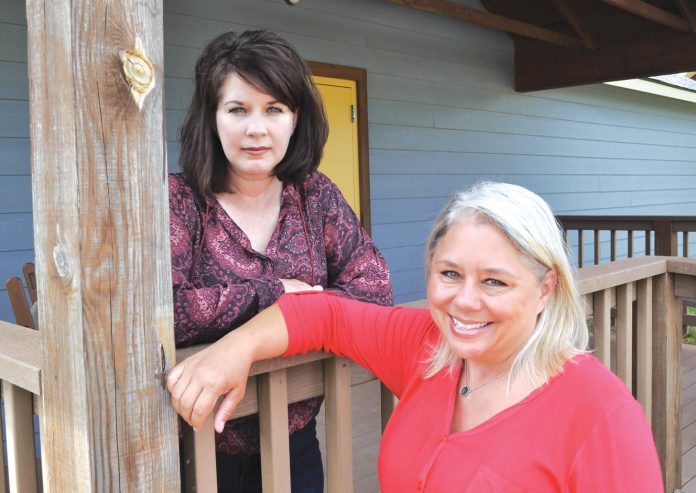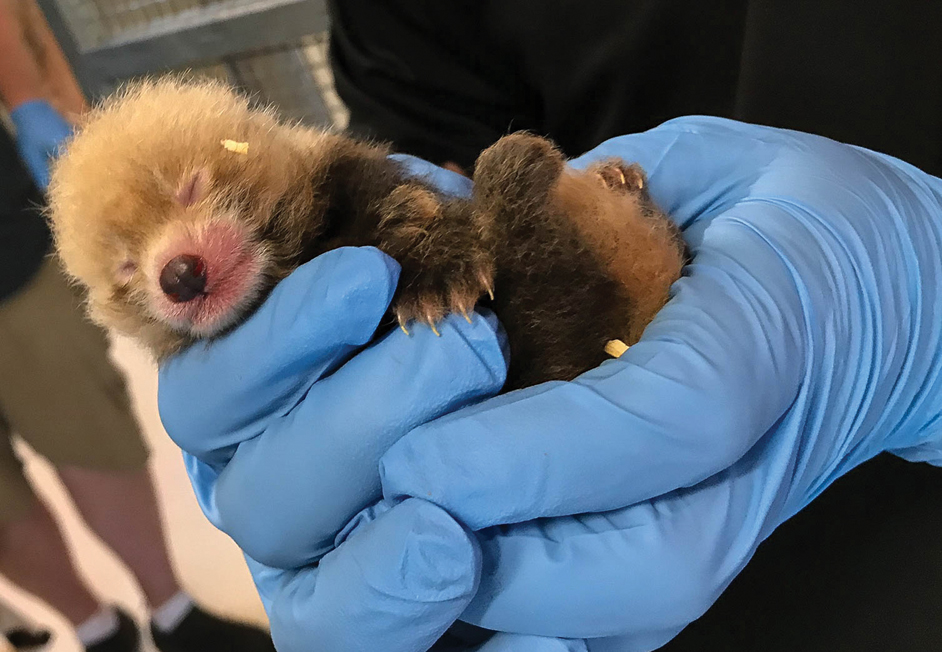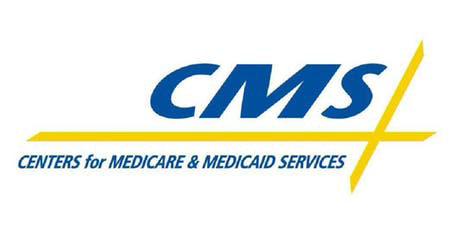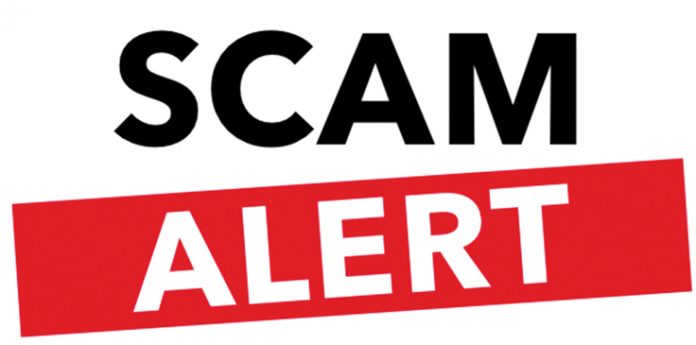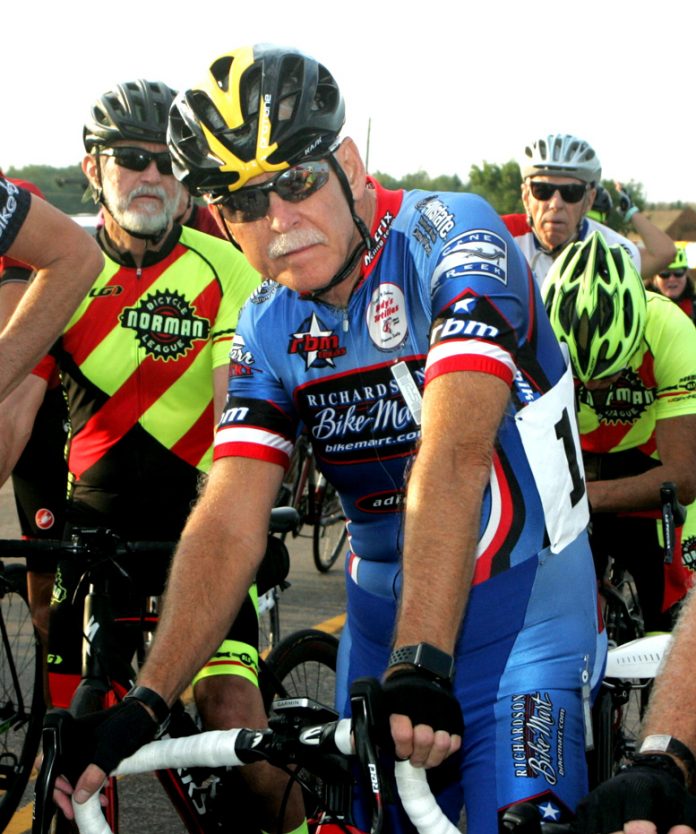by Bobby Anderson, Staff Writer
For a few short weeks this summer, children with disabilities from across the region will gather in Norman to celebrate just being kids.
It’s a highly-anticipated annual affair carried out at JD McCarty Center for Children with Developmental Disabilities and it’s known as Camp ClapHans.
And for registered nurses Andrea Gunter and Terisa Denwalt it will be a time to witness pure joy.
Last year was Gunter’s first experience with camp. She had worked part-time at the residence houses before getting the invite to come down to the onsite camp facility next to the center’s lake.
“It’s different and there’s just so much diversity,” Gunter said. “It’s like a whole different thing than I’ve ever done before. It’s a lot of fun. It’s more of a relaxed environment, the kids are here and everybody is having a good time.”
“You’re just here to give meds and help everything go smoothly.”
A military wife, Gunter was no stranger to moving around the country. She worked in a lot of different types of nursing settings.
After taking a year off she started looking around for another setting.
“I get to work part-time and it’s just great,” Gunter said. “Every time I get a job in nursing it’s like this is my favorite job.”
Denwalt is working her first camp this summer. Working orthopedic oncology for 20 years she went into schools two years ago to help with special needs children for a change.
“Going through nursing school 22 years ago we did a class project and we all went to volunteer for the Special Olympics and I just kept doing it after that,” Denwalt said. “I’ve always kind of been involved and thought I would end up in this area and then the opportunity just came up.”
Children have always had that pull.
“I just love playing with the kids and talking to them,” Denwalt said. “There’s no negative feelings out there. It’s a total positive. You don’t ever hear about people in this line of work complaining about their job like they do everywhere else.”
Gunter has already given her some pointers. But the main thing to remember is just have fun.
“It’s an enjoyable experience because the kids bring so much joy to you that you just want to try and give them as much joy back,” Gunter said. “You’re here as the nurse and in a lot of nursing settings in the hospital your patients know they need the nurse. They don’t need us. They’re here to have fun.”
Gunter enjoys watching the counselors getting kids ready each morning while she’s doing her med pass.
“They are so good and it’s so fortunate the kids have these opportunities,” Gunter said. “In the school system they may stand out or feel different a little bit. Here they’re just kids. Some kids come back every year so you have kids that see each other every summer that have been coming for years. They’re just so happy to see each other. It’s sweet.”
Marketing Director Greg Gaston said historically camp registration is complete within hours of opening.
Gaston said years ago parents began downloading the camp registration forms from the center’s website and completing them in advance.
“Then they’ll send it in at 12:01 a.m. the day registration opens,” Gaston said with a chuckle.
Camp ClapHans is a residential summer camp for kids with disabilities ages 8 to 18 and is an outreach program of the McCarty Center.
Five camp sessions are offered each summer. The camp is located on the center’s campus and features two cabins and an activities building that are located next to an 11-acre lake.
Activities for campers include archery, arts and crafts, canoeing, fishing, horseback riding, talent shows and swimming.
Each camper is assigned to a counselor with the camper/counselor ratio of 1:1.
Staff members are typically university students working toward a degree in allied health-care fields (physical therapy, occupational therapy, speech-language pathology); special and general education; outdoor recreation; nutrition; and other related fields. Prior to camp, staff members attend training.
The camp opened in 2013 and is named in honor of Sammy Jack Claphan, a citizen of the Cherokee Nation and an Oklahoma native. Sammy played football for the University of Oklahoma and graduated with a degree in special education. Afterward, he played in the NFL for the Cleveland Browns and the San Diego Chargers. After retiring from football, Sammy returned to Oklahoma and became a coach and a special education teacher. Sammy died in 2001 at the age of 45.
For Denwalt, the expectations for her first camp experience are simple.
“Something to come back to every year really,” Denwalt said. “I want it to be something I enjoy and they enjoy me and take a little break from the hardcore stuff.”


